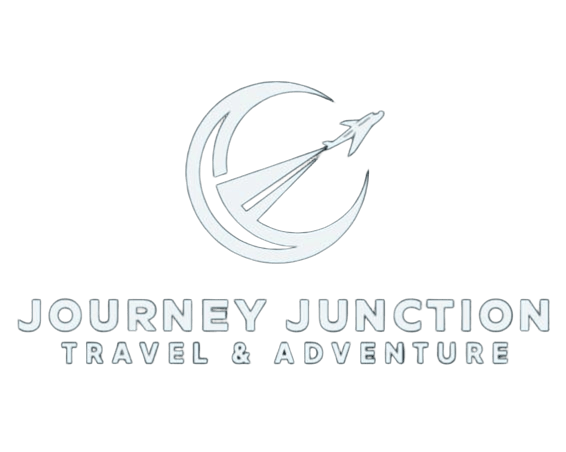The Phoksundo Lake Trek offers a unique journey through Nepal’s pristine Shey Phoksundo National Park, renowned for its stunning landscapes and rich cultural heritage. Starting with a flight from Kathmandu to the remote Dolpo region, trekkers explore beautiful mountain villages, ancient monasteries, and traditional Bonpo culture. The trail passes through dense pine forests, emerald rivers, and high alpine terrain before reaching the breathtaking turquoise waters of Phoksundo Lake, Nepal’s deepest and most sacred lake. Along the way, visitors will witness the spectacular Phoksundo Waterfall, experience local hospitality, and enjoy serene camping by the lake’s edge. The Phoksundo Lake Trek combines adventure, nature, and spirituality for an unforgettable Himalayan experience.
The return route retraces your steps through the forests and villages of Rechi and Chhepka, with time to reflect on the quiet beauty of Dolpo. A visit to Dunai, the district headquarters, offers a final cultural stop before your flight back to Kathmandu. With a free day in the capital to rest or explore, this journey concludes where it began—leaving you with unforgettable memories of hidden valleys, sacred traditions, and some of Nepal’s most untouched Himalayan scenery.
Welcome to Nepal! Upon arrival at Tribhuvan International Airport, our team will warmly greet you and transfer you to your hotel in Kathmandu. After freshening up from your journey, you’ll attend a briefing at our office to discuss your trekking program, meet your guide, and finalize your trekking permits and equipment. If you arrive late at night, this briefing will take place the next morning after breakfast.
Today, enjoy a guided tour of Kathmandu’s most iconic sites, including Durbar Square and Pashupati Temple, both UNESCO World Heritage Sites. Visit the famous Monkey Temple (Swayambunath) and the majestic Boudhanath Stupa. In the afternoon, meet your trek leader for a final briefing, Q&A, and time to purchase any additional trekking gear if needed.
Fly to Nepalgunj, a bustling city near the Indian border in Nepal’s southern plains. Explore the lively bazaars, ride a cycle rickshaw, and visit the Bageshwori Temple before preparing for your next flight.
Take a stunning 35-minute flight from Nepalgunj to Juphal, nestled in the mountains. Begin your trek by following the Thuli Bheri River, crossing the impressive 99-meter Dhim suspension bridge into Shey Phoksundo National Park. Walk through pine forests, passing small villages and emerald-green riversides until you reach the peaceful village of Chhepka.
Today’s trail follows the river through beautiful pine and broadleaf forests. Visit the unique Amchi Hospital near Chunuwar, where traditional Tibetan medicine is practiced. Learn about the ancient healing arts and herbal remedies used by the local people.
A shorter day with a steep climb leads to Ringmo village by the stunning Phoksundo Lake, famous for its crystal-clear turquoise waters and sacred status. Enjoy spectacular views of Nepal’s highest waterfall, the 167-meter Phoksundo Waterfall, and explore the Bonpo monastery nearby, where you can learn about the region’s unique Bonpo religion.
Spend a leisurely morning by the lake, soaking in its beauty before descending back to Chunuwar. Enjoy your last views of the pristine lake and surrounding mountains.
Descend gradually through mixed forests with a variety of trees and vegetation. Pass through the villages of Rechi and Chhepka before reaching Sangta or Kageni for overnight stay.
Hike through rocky terrain and reach the Shey Phoksundo National Park checkpost. Visit Dunai village, the district headquarters of Dolpo, and explore its Buddhist monastery. Continue to Juphal for an overnight stay.
Take morning flights back to Nepalgunj and then to Kathmandu. Reflect on your incredible Phoksundo Lake Trek adventure during your evening at leisure.
Enjoy a free day in Kathmandu to shop, explore local culture, or relax before your departure.
After breakfast, you will be transferred to Tribhuvan International Airport for your onward flight. We hope your experience of the Phoksundo Lake Trek has been unforgettable and invite you to plan your next Nepal adventure soon!
Note-I: In some circumstances we could face problem of internal flights to/from Nepalgunj delayed by few hours or canceled for a day or more because of bad weather. Very rarely, but it could happen even in best trekking season also as you know how climate change is effecting our globe. Thus, we always recommend you to add supplement night/s in Kathmandu after your trek if possible (just for incase). If everything runs smoothly, you can enjoy other activities like sightseeing, rafting , wildlife activities, shopping, as you wish in those additional day. However, if you want heli rescue in the state of flight cancellation to/from Nepalgunj-we can organize it.
Note-II: Your safety is of paramount concern whilst traveling with Yala Adventure. Please note that your leader has the authority to amend or cancel any part of the itinerary if it is deemed necessary due to safety concerns. Every effort will be made to keep to the above itinerary; however, as this is adventure travel in remote mountain region, we cannot guarantee it! Weather conditions, health condition of a member, unexpected natural disasters, etc., can all contribute to changes in the itinerary. The leader will try to ensure that the trip runs according to plan, but please be prepared to be flexible if required.
